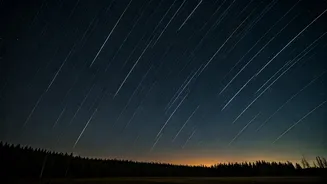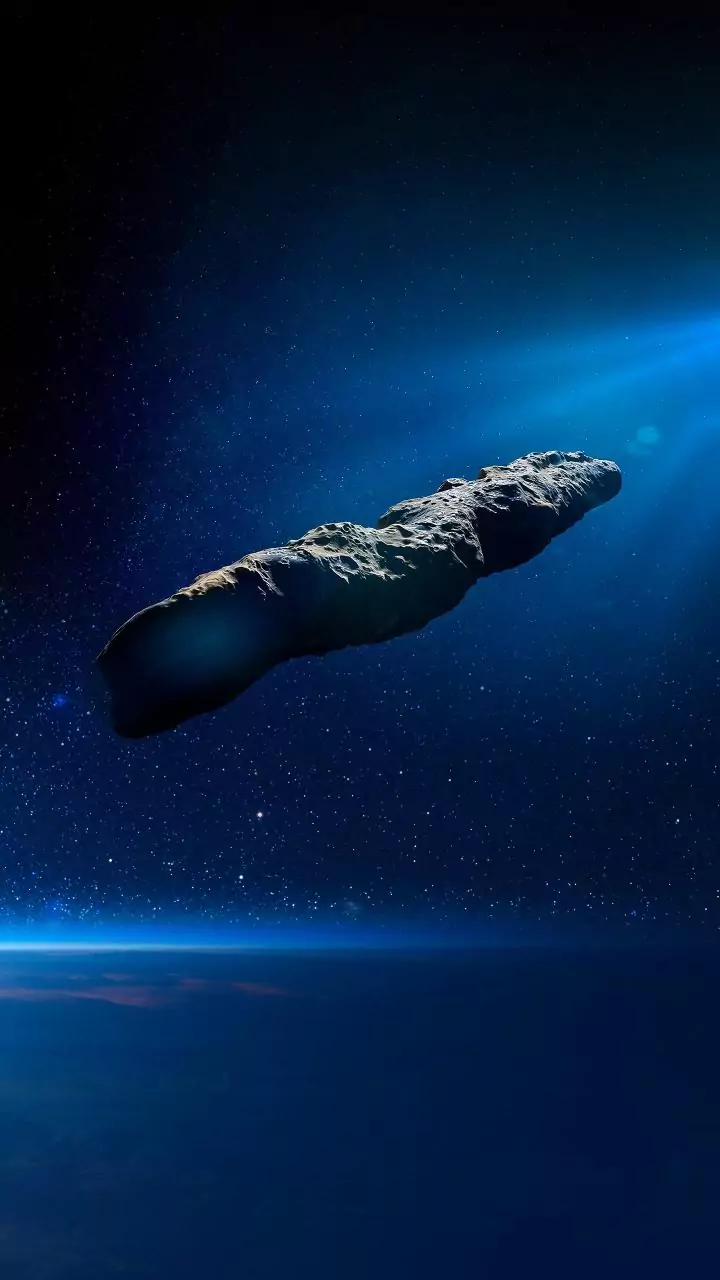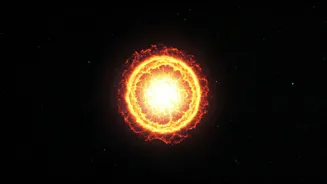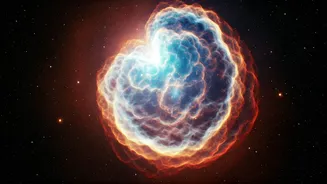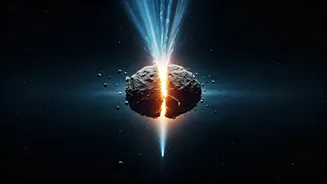Orionid's Radiant Show
The Orionid meteor shower, a prominent celestial event in 2025, treated observers to a remarkable display. The shower, associated with Halley's Comet,
provided stunning shooting stars throughout October. The peak, often occurring under moonless skies, created ideal conditions for viewing the celestial light show. The Orionids are known for their speed, leaving persistent trails across the sky, enhancing the viewing experience. Enthusiasts were advised to find dark locations away from city lights, allowing for the best possible visibility of the meteors. With no moonlight interference, the conditions were optimal for witnessing a mesmerizing spectacle as the comet crumbs entered Earth's atmosphere.
Taurid's Fireballs Arrived
The Taurid meteor shower, another highlight of 2025, garnered attention for its potential to produce spectacular fireballs. The Taurids, known for their slow-moving, bright meteors, presented an opportunity to witness dramatic streaks across the night sky. The peak of the shower, often coinciding with a full moon, offered a contrasting experience, with the moon's brightness potentially impacting the visibility of fainter meteors. The advice was to watch the sky, anticipating stunning visuals. Observers were encouraged to look for the fireballs that occasionally punctuated the night, enhancing the celestial event's allure. This shower provided a different kind of experience compared to the faster, more numerous meteor showers, with fewer, but brighter, meteors adding to its appeal.
Leonid Meteor Shower
The Leonid meteor shower, a late-year spectacle, reached its peak in mid-November 2025. This shower, originating from a point near the Leo constellation, presented another exciting opportunity for stargazing. The Leonids are associated with the comet Tempel-Tuttle and are known for their potential to produce impressive meteor displays. Recommendations included finding a dark location away from light pollution. The Leonids were another opportunity for enthusiasts to observe the shooting stars and relish nature's display. Observers were advised to be patient and keep their eyes peeled for shooting stars. The meteor shower, happening when the moon had set, offered viewers the best chance to witness this celestial event, providing a brilliant end-of-year show.
Perseids & Other Showers
In addition to the Orionids, Taurids, and Leonids, the year 2025 included other meteor showers. The September Epsilon Perseids meteor shower peaked predawn on Sept. 9. These showers provided a steady stream of shooting stars throughout the year. The diverse selection offered sky enthusiasts several chances to witness celestial displays. These different showers allowed sky enthusiasts to experience the marvels of the universe. Each shower offered a distinct character, with varying levels of activity. The range of options allowed observers to customize their viewing based on the event's schedule.
Advice for Stargazers
For those just starting, the advice was to familiarize themselves with basic astronomy concepts. The essential advice for enjoying meteor showers included choosing a viewing spot away from light pollution. Patience was key, and stargazers were reminded that optimal viewing often required waiting. Stargazing is an exciting activity for newcomers. This involved understanding constellations and meteor showers and a good viewing location. The advice served as a guide for experiencing the night sky's beauty and wonder, encouraging an appreciation for these celestial events. The tips enabled sky-watchers to plan their viewing sessions. The recommendation was to explore this hobby with informed preparation.
